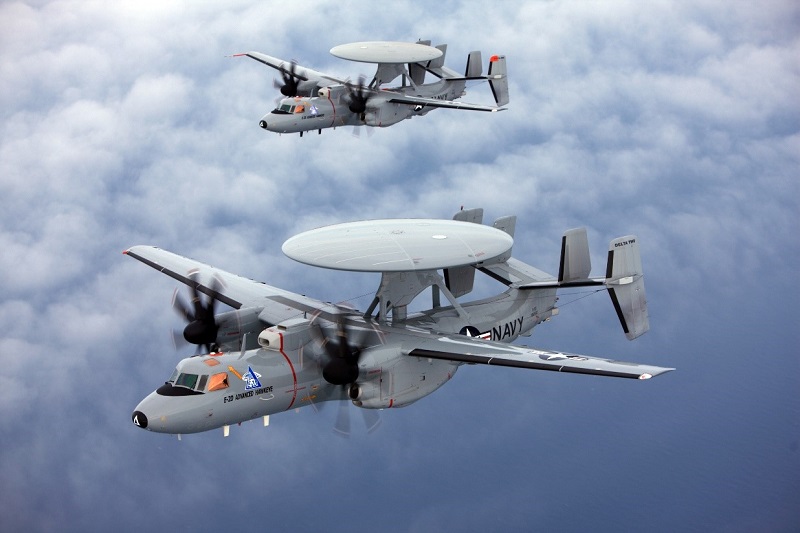On September 3, the U.S. Navy posted a request for information for a command management system. Responses are due by 12:00 p.m. Eastern on September 20.
In a 2018 article, Bryan McGrath described a present Combat System state where dualities exist between Command, Control, Communications, Computers, and Intelligence (C4I) Systems and the Combat System (CS) that result in large amounts of actionable information existing in various places, but it is insufficiently attributed and fused to be useful to the warfighter. When fusion does occur it most often happens at “human speed” inside the brains of watch-standers, while the threat evolves to make greater use of capabilities that move at machine speed. These dualities must begin to disappear into a system of converged command, control, intelligence, surveillance, reconnaissance, and targeting (Converged C2ISR&T) (McGrath, 2018).
This concern has continued to be echoed at the Navy flag-level and has resulted in the establishment of requirements for a Future Surface Combat Force (FSCF) with an Integrated Combat System (ICS). ICS requirements derive from authoritative requirement sources, with primary decomposition from the FSCF Initial Capabilities Document (ICD), Analysis of Alternatives (AoA) studies, and predecessor studies (OPNAV, 2020). The FSCF ICD was signed and released by Joint Requirements Oversight Council (JROC) in September 2018 (JROCM 099-18, 2018). In response to the ICD, OPNAV N96 tasked Naval Surface Warfare Center, Dahlgren Division (NSWCDD) to develop a Top Level Requirements (TLR) document to further frame what would be required by an ICS as part of the FSCF.
The ICS is envisioned to be a single combat system solution that will be fielded across surface ships and shore sites (Larter, 2019). The ICS will start with existing surface combat system capability that will be modified to support meeting FSCF ICD capability needs. Existing interfaces to sensors, weapons, and communications will remain mostly unchanged due to funding and other resource constraints; however, the combat management system (e.g. common core) will require evolution over time to provide a multi-platform Combat System-of-Systems (CSoS) ICS capability.
In parallel, the Department of Defense is pursuing an aggressive software development program focused on bringing automated software tools, services, and standards to DoD programs so that software applications can be created, deployed, and operated in a secure, flexible, and interoperable manner (AFCEA, 2019). The effort, referred to as DevSecOps, merges software development efforts with operations to increase speed of software delivery (DoD, 2019). A Domain Driven Design (DDD) approach is also being considered to manage combat system complexity and accelerate capability development though bounded context independence (Evans, 2003).
DDD activities are planned to focus on the Combat Management System as the integration entity between the warfighter and combat system resources (i.e. weapons, sensors, communications). An initial Combat Management System (CMS) Reference Model for the Integrated Combat System (ICS) is provided in (Murphy, 2020). Agreement on the reference model is the first step towards organizing into stakeholder groups to define the CMS architecture.
Take a look at the full Navy command management system RFI.
Source: SAM
IC News brings you business opportunities like this one each week. If you find value in our work, please consider supporting IC News with a subscription.








